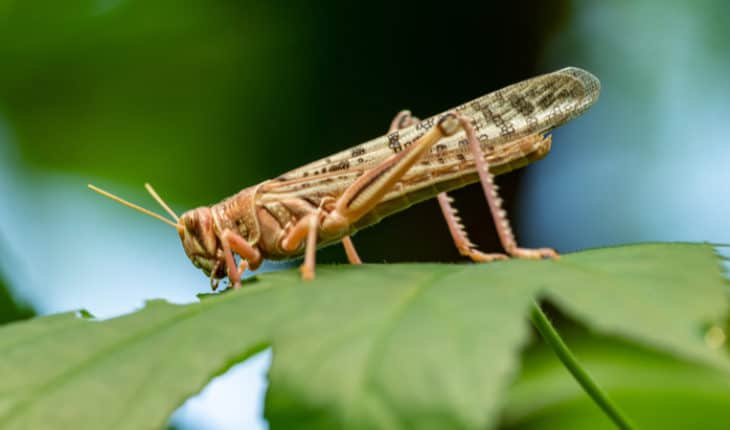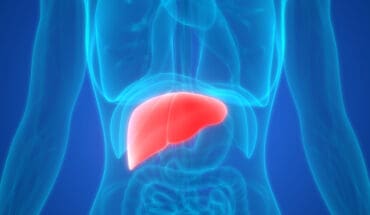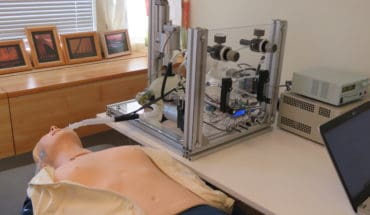Oxytocin/vasopressin receptors are typical examples of so-called G protein-coupled receptors – the most successful drug target class. The oxytocin and vasopressin receptors are targeted, for example, during childbirth to encourage contractions but are also being investigated for therapeutic applications in cardiovascular disease, cancer, and developmental disorders such as autism.
Inspired by locusts
MedUni Vienna researchers (led by Christian Gruber from the Institute of Pharmacology), researchers from the University of Vienna (led by Markus Muttenthaler from the Institute of Biological Chemistry of the Faculty of Chemistry) and research partners from Australia and Spain have shown that it is possible to dimerize the human neuropeptides oxytocin and vasopressin without forfeiting too much of their efficacy. The researchers were inspired by a naturally occurring locust neuropeptide, which had the form of a dimer of two vasopressin-like molecules. “By making structural changes to the composition and orientation of the dimers, we managed to modify their pharmacological activity to achieve selective inhibition or activation of the human vasopressin V1a receptor,” explains Christian Gruber from MedUni Vienna. Markus Muttenthaler from the University of Vienna adds: “Dimerization is a strategy that is often observed in Nature to optimize stability or mode of action. A good example of this is insulin, which is also a dimer of two different peptides.”
600-million-year-old oxytocin-vasopressin signalling system
The researchers use a unique strategy for the discovery of new oxytocin and vasopressin molecules with different pharmacological properties, exploiting the advantages of the evolutionary similarities of the oxytocin-vasopressin signalling system that has been in existence for around 600 million years and is widely distributed in the animal kingdom. These new pharmacological probes provide new insights into receptor function and could also represent new therapeutic leads for several disorders. “Our concept is as innovative as it is fascinating: you take an insect neuropeptide, study its structure and replicate this with minor chemical changes to obtain therapeutic leads for human diseases,” explain Gruber and Muttenthaler. “It is equally important to make these new molecules available as research ‘tools’. Only by developing receptor-subtype-selective molecules, is it possible to investigate the physiological relevance of these signalling systems,” add Gruber and Muttenthaler.
Functions of the oxytocin-vasopressin signalling system studied
The researchers’ aim to explain the pharmacological and physiological relevance of this signalling system. “We have studied the function of this signalling system in ants and found that the oxytocin-vasopressin hormone system regulates foraging, physical activity and metabolism.” The researchers therefore assume that oxytocin is not merely a ‘love hormone’ but potentially also acts as an appetite suppressant – an application worth investigating.
- Shake-up of services needed to ease fibromyalgia pain - 9th December 2025
- Continuous glucose monitoring reduces risk of excessive birth weight - 9th December 2025
- Significant mental health benefits of adult-worn slings - 9th December 2025







